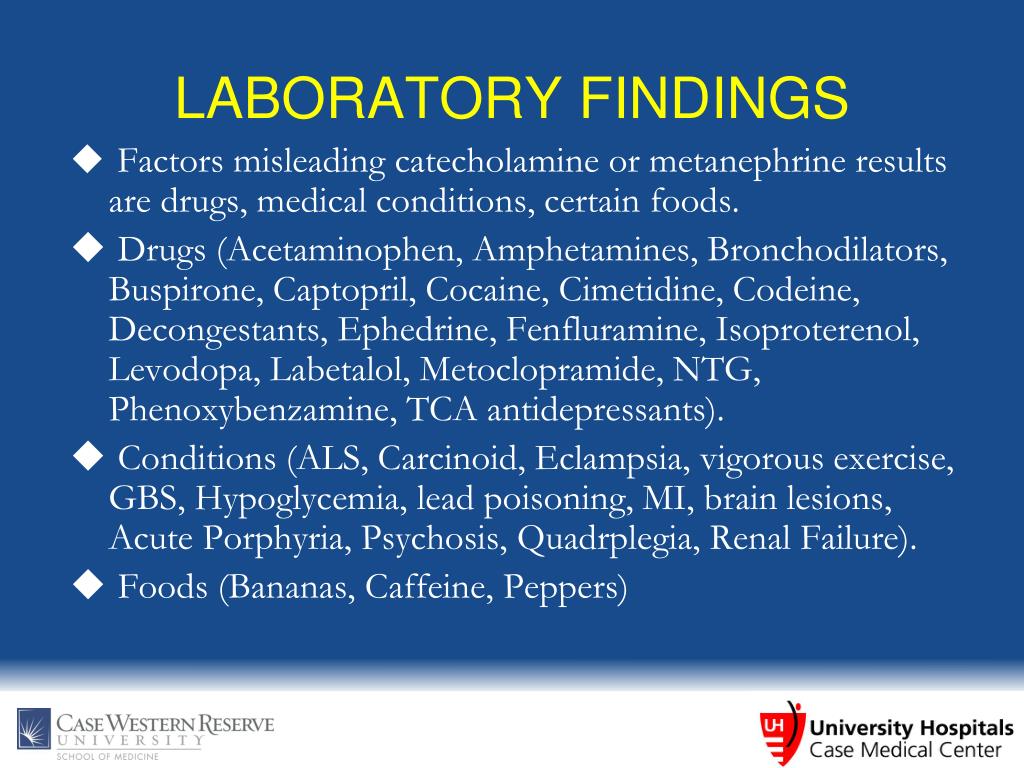
Other causes of DIC include trauma, pancreatitis, malignancy, snake bites, liver disease, transplant rejection, and transfusion reactions. Obstetrical complications such as placental abruption, hemolysis, elevated liver enzymes, and low platelet count (HELLP syndrome), and amniotic fluid embolism have also been known to lead to DIC. Up to 20% of patients with metastasized adenocarcinoma or lymphoproliferative disease also suffer from DIC in addition to one to five percent of patients with chronic diseases like solid tumors and aortic aneurysms. Other causes of sepsis, including parasites, can also lead to DIC. Classically, DIC has been associated with gram-negative bacteria sepsis, though the prevalence of this disorder in sepsis due to gram-positive organisms may, in fact, be similar. The pathological process of DIC has been estimated to occur in up to 30% to 50% of cases of severe sepsis, which is the most common cause of DIC. Multiple medical conditions can lead to the development of disseminated intravascular coagulation either through a systemic inflammatory response or the release of procoagulants into the bloodstream. While concomitant disease states can obscure a patient’s prognosis, mortality rates have been shown to double in septic patients or those with severe trauma if they are also suffering from DIC.

Determining the consequences of DIC and the overall mortality rate of DIC remains difficult as patients with this condition also have additional diagnoses that can cause many of the signs and symptoms consistent with DIC, particularly if they are also suffering from acute or chronic liver failure. Disseminated intravascular coagulation typically occurs as an acute complication in patients with underlying life-threatening illnesses such as severe sepsis, hematologic malignancies, severe trauma, or placental abruption. As this process begins consuming clotting factors and platelets in a positive feedback loop, hemorrhage can ensue, which may be the presenting symptom of a patient with DIC.

Corticosteroids and Rituximab may have a role in patients who don’t improve with plasmapheresis.Plasma exchange is initially performed daily until the platelet count has normalized and hemolysis largely ceased, as evidenced by a return of the serum lactate dehydrogenase (LDH) concentration to normal, or nearly normal, levels.

Plasma exchange is more effective than plasma infusion in most adults with “classical” TTP-HUS because for the great majority of those who have decreased ADAMTS13 activity, the decreased activity is due to an inhibitory antibody.Plasma exchange should be initiated even if there is some uncertainty about the diagnosis of TTP-HUS, as it is considered that the potential dangers of rapid deterioration from TTP-HUS exceed the significant risks of plasma exchange treatment. The mainstay of treatment for most patients with TTP-HUS is plasma exchange, which in the context of this syndrome refers to the removal of the patient’s plasma by pheresis and the replacement with donor plasma.Clinical diagnosis of TTP-HUS should prompt urgent initiation of plasma exchange therapy, which can be life-saving in this syndrome.


 0 kommentar(er)
0 kommentar(er)
